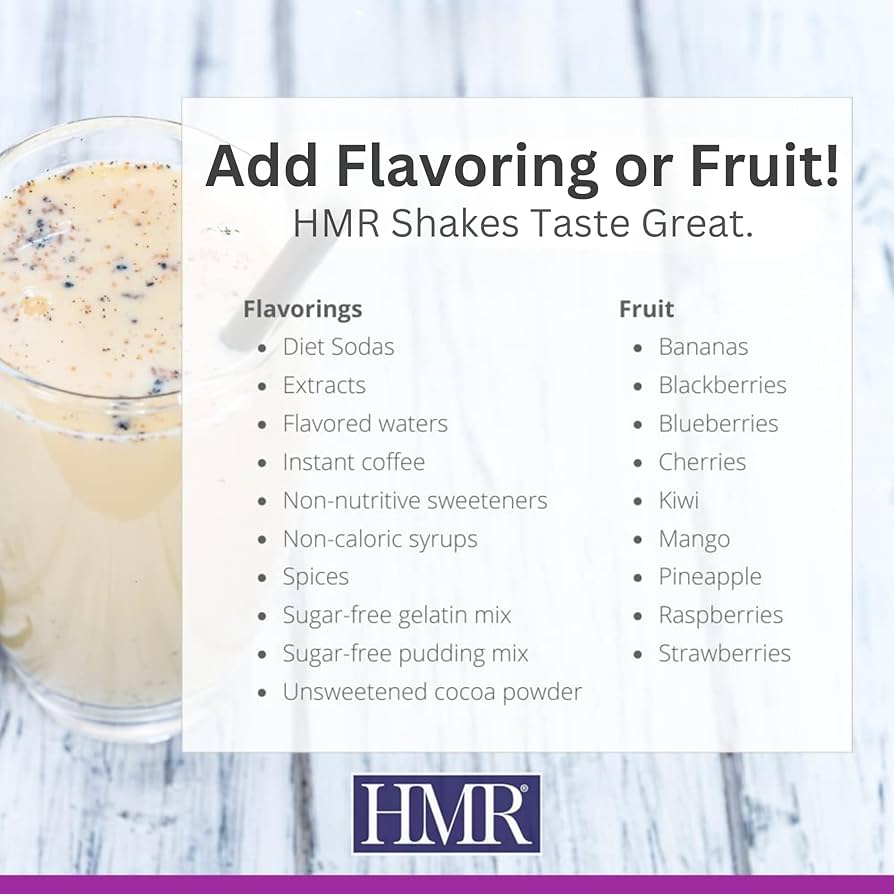
Essential Guide to Flamingo Diet in 2025
Flamingos, known for their striking pink plumage and long legs, have a fascinating diet that plays a critical role in their health and survival. Understanding what flamingos eat, their feeding habits, and their nutritional needs not only provides insight into these captivating birds but also emphasizes the importance of preserving their habitats. In this essential guide, we explore the diverse food sources that flamingos utilize in the wild and in captivity, their unique feeding strategies, and how dietary preferences can impact their well-being.
This guide will navigate through the various types of flamingo diets, from algae and shrimp to invertebrates, examining their feeding ecology and behaviors. With a focus on nutritional needs and adaptations, we will also touch on how these factors affect flamingos in different environments, especially given the challenges posed by climate change and habitat degradation. By the end, you'll have a comprehensive overview of flamingo diets and their significance, along with practical tips on maintaining their health in captivity.
Key takeaways include understanding the evolution of flamingo feeding patterns, the importance of food diversity, and the impact of human activity on their dietary sources. Let's dive into the world of flamingo nutrition and uncover smart ways to optimize their diets!
What Do Flamingos Eat? An Overview of Food Sources
The diet of flamingos primarily consists of algae, crustaceans, and other aquatic invertebrates. They are particularly known for their preferences for specific foods based on their species. For instance, the American flamingo primarily feeds on small crustaceans, while the lesser flamingo relies heavily on algae and diatoms. This dietary flexibility allows flamingos to adapt to their environment and available resources, which varies by season and habitat.
Flamingos are filter feeders, using their unique beaks to sift through mud and water to extract food. This feeding method not only allows them to access a variety of nutrients but also places them at a crucial position in their ecosystem, impacting nutrient cycling and the health of aquatic environments.
In different habitats—such as wetlands, salt flats, and coastal lagoons—flamingos face varying food availability. Research shows that the health of flamingo populations is closely linked to the quality and diversity of their food sources. Understanding these dynamics is vital for conservation efforts, as habitat destruction can severely limit food accessibility, impacting flamingo diets and overall population health.

Flamingo Feeding Habits: Behavior and Ecology
Flamingo feeding habits are fascinating reflections of their evolutionary adaptations. These birds often forage in large groups, which not only enhances their efficiency in locating food but also serves as a social behavior that strengthens flock dynamics. The synchronized movement of flocks while feeding can also create a disturbance in the water that stirs up nutrients, making it easier for individual flamingos to find food.
During breeding seasons, flamingos’ dietary needs can change as they require additional nutrients for reproduction. This heightened nutritional demand can lead to shifts in feeding patterns, as they seek out richer food sources to support their egg production and chick development. Understanding these cycles of diet and feeding behaviors is integral to effectively managing flamingo populations in captivity and in the wild.
Moreover, flamingos exhibit territorial behaviors during feeding. Adult flamingos may defend specific feeding sites to ensure access to high-quality food resources, showcasing complex social interactions and resource management strategies. This behavior illustrates their ability to adapt to competitive feeding environments, particularly in areas with limited food availability.

Flamingo Diet Types: Variation Between Species
Different flamingo species showcase unique dietary preferences. The greater flamingo tends to have a more diverse diet compared to the more specialized feeding habits of the lesser flamingo. This diversity allows for both competition and cooperation among flamingo populations within shared habitats, as they often forage in the same areas but focus on different types of food sources.
Moreover, the availability of food influences these diet types. For example, during periods of drought or environmental stress, flamingo populations may need to shift their diets rapidly to adapt to new conditions. Studies have shown that adaptability in food preference is critical for the survival of flamingos as their habitats face continuous changes due to human impact and climate variables.
Understanding these species-specific dietary needs aids in conservation efforts, especially when considering the creation of protected areas that support food availability. Effective management of habitats can lead to healthier flamingo populations and sustainable ecosystems.
Flamingo Feeding Strategies: How They Forage
Flamingos employ various feeding strategies that are crucial for their survival. Their unique ability to filter-feed allows them to exploit a wide range of food sources, enhancing their adaptability in diverse environments. They use their specialized beaks to sift through the mud and water, catching tiny organisms while filtering out debris, showcasing an evolutionary adaptation that maximizes their foraging efficiency.
Interestingly, flamingos have developed specific foraging behaviors that change according to available food. For instance, in nutrient-rich environments, they may primarily feed on crustaceans, which provide essential pigments for their coloration. Conversely, in less productive areas, they may resort to a diet consisting of algae and other aquatic plants to meet their dietary requirements.
Flamingos also demonstrate varying foraging techniques depending on their age and social structure. Younger flamingos may trail behind adults to learn effective feeding strategies, which enhances their survival skills. This mentorship fosters communal learning and reinforces social bonds within flocks.
Importance of Flamingo Diet in Conservation
The diet of flamingos plays a significant role in their conservation status. As specialized feeders, any change in their food sources can directly impact their population health and ecological role. Conservation efforts must take into account the dietary needs of these birds, ensuring that their feeding habitats remain protected from pollution and habitat destruction.
Research into flamingo diets has revealed critical insights into their ecological contributions. Flamingos help to maintain the balance of aquatic ecosystems by controlling the population of algae and invertebrates, which in turn affects the food web dynamics. Protecting their diets not only safeguards flamingo populations but also preserves the overall health of the ecosystems they inhabit.
In conclusion, effective conservation strategies should integrate knowledge of flamingo diets, feeding habits, and the ecological impacts associated with their dietary preferences. Ensuring the availability of quality food sources is foundational to both the survival of flamingos and the ecosystems they support.
Q&A: Understanding Flamingo Diet and Feeding Behavior
Q: What do flamingos eat in the wild?
A: In the wild, flamingos primarily consume algae, crustaceans, and small invertebrates. Their diet varies by species and habitat availability, which influences their foraging behavior.
Q: How does diet affect flamingo health?
A: The nutritional quality of a flamingo's diet directly correlates with its health. A well-balanced diet provides the necessary nutrients for reproduction, growth, and overall vitality.
Q: Are flamingos picky eaters?
A: Flamingos can be selective about their food sources based on availability, nutritional value, and their specific dietary adaptations. In captivity, ensuring varied diets can help meet their nutritional needs.
Q: How does the diet of flamingos change with the seasons?
A: Seasonal changes can impact the availability of different food sources. Foraging behaviors may shift, leading to variations in dietary preferences based on what is accessible in their environment.
Q: What can zoos do to optimize flamingo diets?
A: Zoos can optimize flamingo diets by providing a variety of food sources that meet their nutritional requirements, simulating their natural habitat conditions, and ensuring clean water quality for feeding practices.